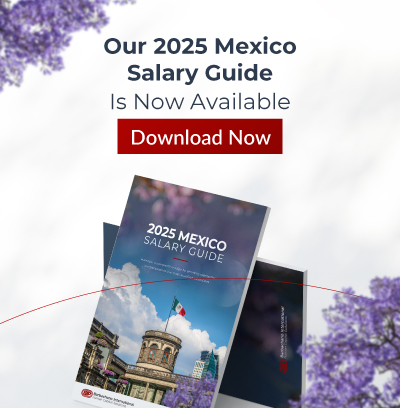
“Do we need someone now, or do we need the right person?”
Most leaders don’t say that part out loud, but it drives nearly every hiring decision for key roles. Behind the scenes, HR is weighing costs. Hiring managers are thinking about time. And somewhere along the line, someone will ask whether this should be a retained or contingency search.
It’s a fair question. But the better question is: What’s the cost of getting it wrong?
Not Every Role Deserves the Same Search
A mid-sized company recently came to us in a bind. They needed a new bilingual VP of Operations, someone bicultural with deep knowledge of supply chains, and a leadership style that could motivate and get the most from their cross-border team.
They weren’t sure which model to use. Contingency felt faster. Retained felt heavier. What they didn’t realize was that this wasn’t just about filling a job. It was about choosing someone who would influence the next five years of growth, retention, and internal culture.
In the end, it wasn’t about the search model. It was about the role’s strategic weight. That changed everything.
What the Candidate Sees (and Feels)
Most companies focus entirely on their own perspective in a search, but top candidates have one too. In contingency searches, outreach can feel rushed or unclear. Executives may get the sense that they’re one of many, not one of a few. In some cases, they never hear back at all.
Retained searches tend to be more intentional. There’s usually a structured interview process, thoughtful communication, and confidentiality from the start. For candidates who are already successful and not actively looking, this matters. The experience itself signals how seriously the company is taking the opportunity and the person.
And that can make the difference between a passive candidate taking the call or not.
The Real Trade-Offs
The conversation around retained vs. contingency often focuses on cost. But that’s just the surface.
The deeper trade-offs are about control (who owns the message?), reach (who can get to the talent you need?), focus (is this a dedicated effort or a race?), and alignment (is the person just qualified, or truly the right fit?).
In contingency, firms move quickly and you may see results fast. That’s helpful when you need to scale, backfill quickly, or move on an urgent hire. But with multiple firms competing, the process can become more about speed than depth.
Retained searches offer a different kind of focus. There’s usually one firm involved, giving them the space to go deeper: meeting with your leadership, crafting tailored messaging, engaging high-caliber candidates who aren’t actively applying, and completing a full evaluation process.
According to Harvard Business Review, nearly half of senior-level external hires fail within 18 months, often not because they lack competence, but because they struggle to integrate with the culture or expectations. That’s not a screening issue. It’s a process issue.
Misconceptions That Cost You
Retained doesn’t mean slow. Contingency doesn’t mean low quality.
We’ve seen retained searches move faster than expected simply because the brief was clear, the collaboration was tight, and the strategy was right. We’ve also seen contingency searches deliver strong talent, especially when the roles were clearly defined and the partner had a good understanding of the business.
The misconception isn’t in the models. It’s in assuming one model is always better than the other. The real issue is using the wrong tool for the wrong job.
Let the Role Decide
Instead of asking “Which model do we prefer?” start by asking, “What does this role require?”
If you’re hiring non-management or a lower-level manager or just filling several positions in a short timeframe, contingency might be exactly what you need. It gives you reach, flexibility, and momentum.
If you’re hiring someone who will influence strategy, culture, or direction, or if confidentiality is key, retained search is likely the better path. It enables you to achieve a deeper alignment, foster stronger engagement with high-potential candidates, and exert more control over how your brand is represented in the market.
Sometimes the Answer Isn’t Either/Or
There are also blended models that offer flexibility. Some companies retain the front-end of the search – market mapping, messaging, candidate outreach, and complete the back-end on a success basis. This is sometimes called a container and appropriate for mid-level management or high level of difficulty search assignments. Others start on contingency, then switch to retained if the role proves difficult.
The best firms can help you decide what fits your current need, not just push a single model. They know when each approach works and when the process needs to adapt.
What matters most is that the model reflects the impact of the hire, not just the job title.
Don’t Let the Process Undermine the Outcome
Every leadership hire tells a story about what your company values. Are you focused on speed? Precision? Confidentiality? Culture?
The way you search is part of your leadership message. So whether you choose contingency, hybrid or retained, make sure the process you use reflects the kind of leader you’re hoping to bring in.
That’s where good hiring starts.

By Octavio Lepe
Executive Vice-President
Octavio is the search practice leader for Executive Management, Food & Agriculture, Sales & Marketing, and D&I in the Americas.
Barbachano International is the premier executive search and leadership advisory firm in the Americas (USA, Mexico, Canada, and Latin America) with a focus on diversity and multicultural target markets. Outplacement, Exe

